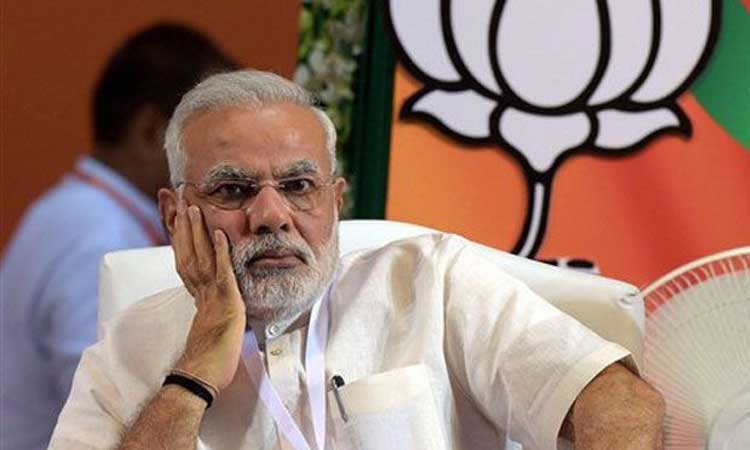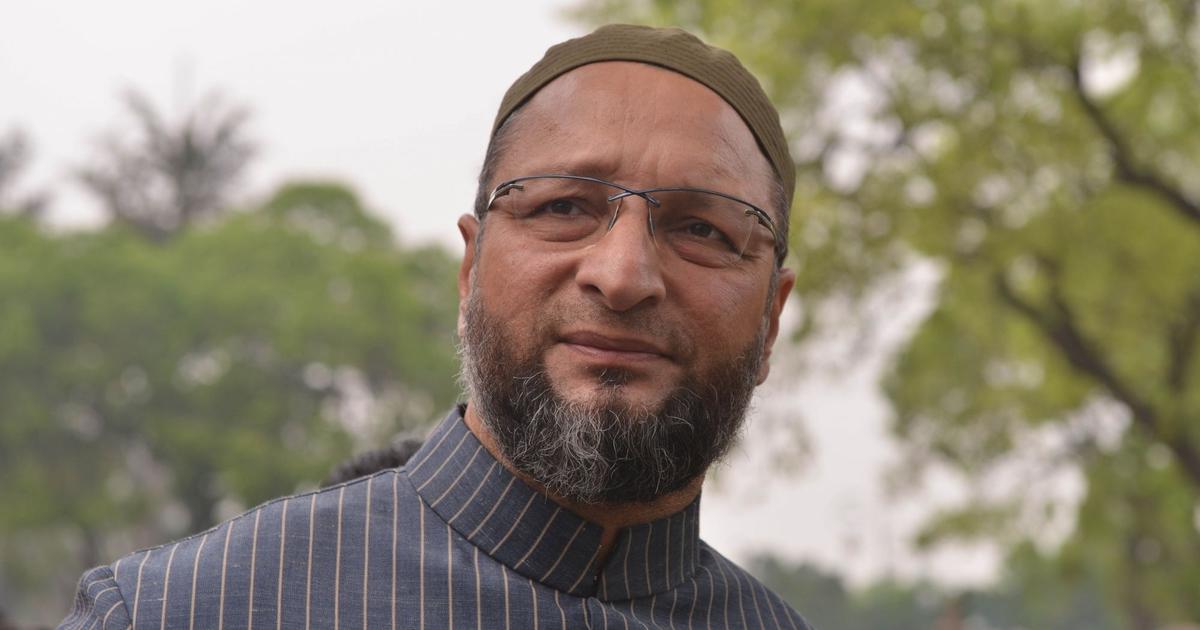Not even six months are left for the general elections but it seems like the poll bugle is already sounding. Days after the Prime Minister Narendra Modi interacted with Smita Prakash of ANI in a 95-minute long interview the government has made an announcement with seems rather roaring in the first reading.
In a move cited by many as a landmark decision, the Union Cabinet of the BJP-led NDA has approved of ten per cent reservation in jobs and higher education for the people belonging to the economically backward slab in the general category.
But there are many problems with the proposal and this decision may not give NaMo the ammo he needs to hope for his second term in the office in the upcoming Lok Sabha elections of 2019.
Who constitute the Economically Weaker Sections (EWS)?
According to the proposed amendment bill, EWS is defined as:
(i) Annual income below 8 lakhs
(ii) Agriculture land below 5 acres
(iii) Residential house below 1000 sq ft
(iv) Residential plot below 100 yards in notified municipality
(v) Residential plot below 200 yards in non-notified municipality area
(vi) Income includes agricultural income, profession etc
Reservation – a poverty elevation scheme
According to various development economists, reservation is simply put, not a poverty alleviation scheme. Rather, it is a method of social inclusion and giving social as well as economic representation to those who have been wronged against in the past. It believes in empowering the weaker sections and giving them a voice in the everyday process of this country, by providing them with an equal footing in important aspects of life such as education and employment.
Lacks clarity
The current NDA decision suffers from the drawback of being vague in its essence as it fails to clearly identify who the exact beneficiaries of such a reservation would be, and does not specify a timeline for the plan to be implemented. According to most critics this again sounds like one-of-those-8-Novemberish-hasty-plans where the government announces first and plans later.
Another major roadblock offered by this decision is that the proposed 10 percent takes the reservation percentage to cross the 50% ceiling. The Supreme Court in various cases has capped the level to stay below 50%.
Supreme Court capping of reservations
In the case of Indra Sawhney vs Union Of India, 1992, the top court of the country had capped the caste-based reservation to 50%, citing Article 15(4) and 16(4) of the Indian Constitution the Court had said, “Since this Court has consistently held that the reservation under Articles 15(4) and 16(4) should not exceed 50% and the States and the Union have by and large accepted this as correct it should be held as constitutional prohibition and any reservation beyond 50% would liable to be struck down.” Hence the decision of providing 10 percent reservation to the Economically Weaker Section of the General Category will be subject to the judicial review. Currently, SCs get 15 per cent reservation, STs 7.5 per cent and the Other Backward Classes get 27 per cent of the total seats in recruitment competitions. Hence the reservation percentage is already 49.5%.
The implementation of the 10 percent reservation requires a constitutional amendment. Because of it breaching the Supreme Court ceiling of 50%, and by taking it to 59.5%, which in most likelihood may get struck down by the court because of its unconstitutionality, the quality of a forward looking approach seems to be missing from this decision.
Because of the above two arguments, a pertinent question gets raised. If the government isn’t clear on who will benefit from this decision, and that the decision in most likelihood will get struck down, and hence lacks a basic vision, why then did the government go forward with it?
Elections are at a knocking distance
Keeping in mind the approaching elections, the answer gets clearer. It is somehow true that elections in India are not won by the issues that a government solves, but instead on making big promises which may or may not get delivered to the people. While the parliament session is still on, PM Narendra Modi seems to care less about it, than the mega-rallies he has planned on holding. It almost seems like the relevance of bills and important discussions is past his interests. In light of this, the 10% reservation sounds nothing more than a hollow promise devoid of planning and vision. One can only hope to get a clear intention and working plan of this scheme in the coming days to add understanding to the plan.


















